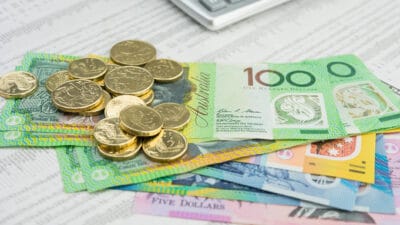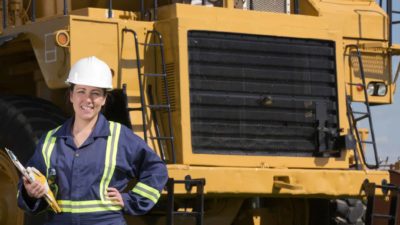The Woodside Energy Group Ltd (ASX: WDS) share price has been one of the strong performers in S&P/ASX 200 Index (ASX: XJO) in 2022.
Woodside is one of the world's largest oil and gas shares. It has a market capitalisation of $60 billion according to the ASX.
The business has become a lot larger this year. Woodside bought the oil and gas business of BHP Group Ltd (ASX: BHP), though being bigger doesn't automatically mean that the share price will go up.
How much $1,000 would have grown into
In 2022, the Woodside share price has risen by around 40%. Though, it's worth saying that past performance is not a reliable indicator of future performance, particularly with resource companies.
The 40% return makes the calculation pretty easy. If I'd bought $1,000 of Woodside shares then this would have turned into $1,400.
But, that's just the capital growth of the business.
Don't forget that Woodside also pays large dividends to shareholders as well.
The dividends that the energy giant has declared since the start of 2022 equate to a dividend yield of 14% (at the start of the year), excluding franking credits.
That would add an extra $140 to the total return, so Woodside investors would have a total of $1,540 from investing $1,000 in the company at the start of the year.
Why has the Woodside share price performed so well?
Investors were expecting a strong result from Woodside in the 2022 half-year result as the 'realised' oil price more than doubled year over year to $96.40 per barrel of oil.
Woodside Energy CEO Meg O'Neill had this to say at the time:
Our first results since the completion of the merger with BHP's petroleum business highlight the increased financial and operational strength delivered by our larger, geographically diverse portfolio of high-quality operating assets.
Production for the half year was 19% higher at 54.9 million barrels of oil equivalent, benefiting from the contribution in the month of June of the former BHP assets and improved reliability at our LNG facilities.
FY22 half-year operating revenue rose 132% year over year to US$5.81 billion and underlying net profit after tax (NPAT) was US$1.82 billion, an increase of 414%.
Aside from higher prices, Woodside is also benefiting from the BHP merger, with the bigger scale of the business. At the end of August, Woodside said it had already delivered $100 million of the post-merger synergies – it's actually targeting at least $400 million of annual synergies, which will improve profitability.
Improved profitability can help the Woodside share price in the long run, though it will likely still be influenced by movements in the resource price.







